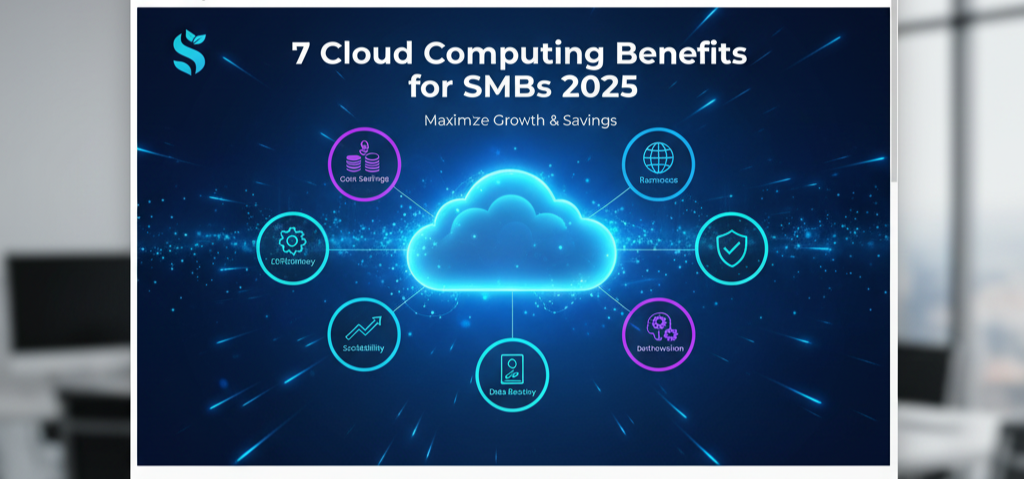We’re constantly told that low-cost index funds and ETFs are the best way to invest. It’s the simplest, cheapest, most effective path to wealth. And on paper? That’s absolutely true. But there’s a massive, unadvertised fee: the cost of your own bad behavior. We’ve seen similar hidden costs in tech too — just like with AI tools that promise efficiency but drain your focus.
This post isn’t about the expense ratio (which is negligible). It’s about the psychological trap these funds lay for the amateur investor, and how the very simplicity that makes them so great is also what makes you over-manage them

The Illusion of “Set It and Forget It”
- The Trap (The “Curated” Insight): Why do so many investors still underperform? Because an ETF is easy to buy, but almost impossible for a human brain to truly forget. The problem isn’t the vehicle, it’s the dashboard—the brokerage account that gives you a constant, real-time value.
- Humanize This: Inject a quick personal/hypothetical moment here about checking your phone during market dips.
Section 2: The Silent Killers: Recency and Availability Bias
- Recency Bias Defined: The psychological tendency to place more weight on recent events than on long-term data.
- The ETF Link: Since a broad-market ETF (like one tracking the S&P 500) is constantly in the news, every major market headline becomes a direct threat to your account balance. When the news shouts “MARKET COLLAPSE!”, Recency Bias whispers: “Sell now before it gets worse.”
- Availability Bias Defined: The tendency to overestimate the likelihood of events that are easily recallable or vivid (like a massive market crash).
- The Curated Data/Fact Check: Unlike a private real estate deal or a venture capital fund, the stock market’s daily volatility is available 24/7. This constant “availability” makes crashes feel much more frequent and catastrophic than they are historically.


